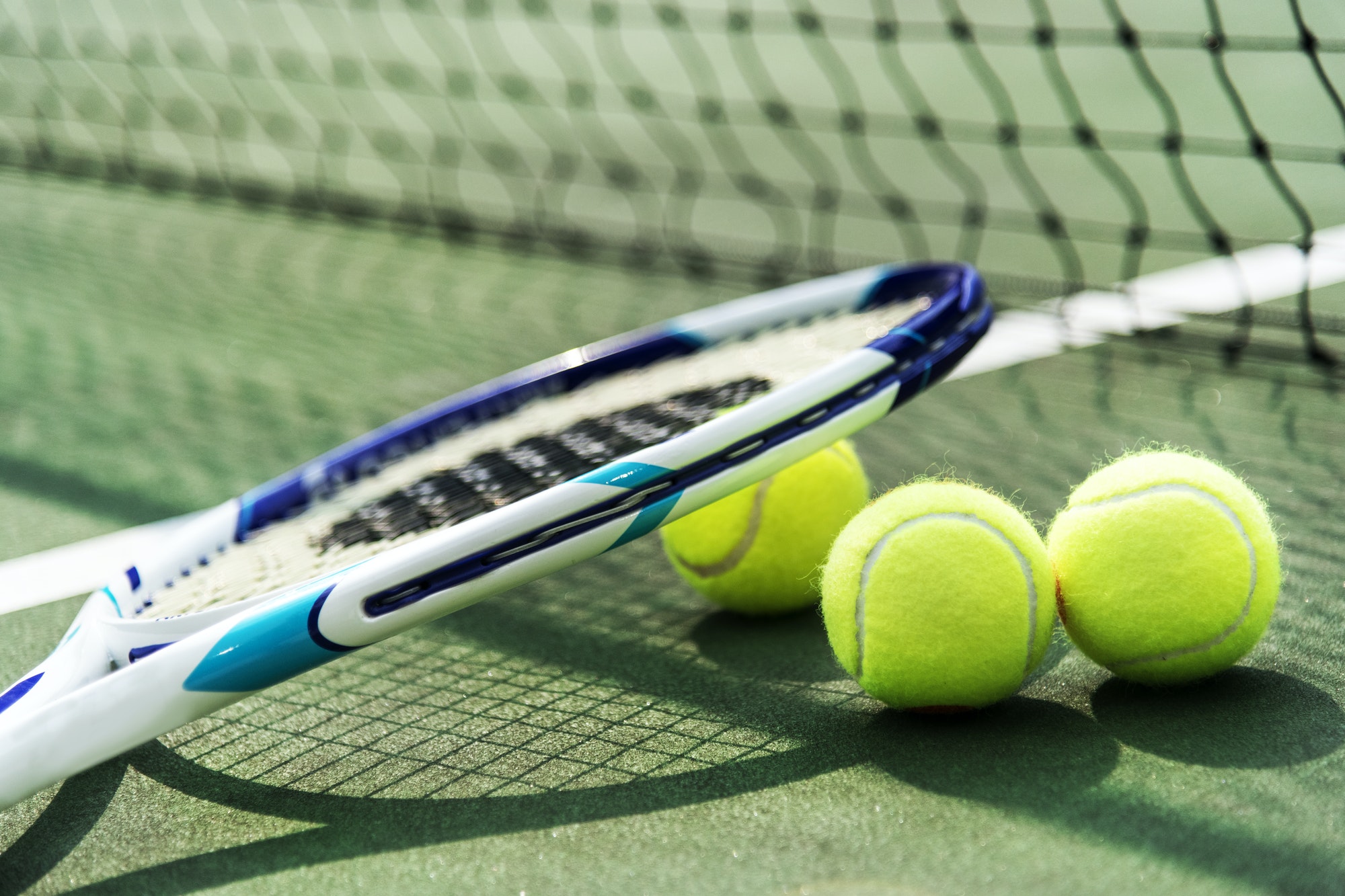Tennis is one of the most popular sports in the world. One of the reasons for this is that it can be played anywhere, just by using a racquet and ball. It has existed in its current form since 1874 when Major Walter Clopton Wingfield came up with the idea after reading an article on “sphairistike” (the ancient Greek game from which modern lawn tennis derives), which was published in Bell’s Life magazine in July 1873, about a new game combining elements of racquets and the Basque game pelota, that had recently been invented by British army officers in India. The fact that you don’t need any expensive equipment means that people around the world can play it. At the top professional level, tennis is played by both men and women from all over the world in a multitude of tournaments. In singles tennis, unlike many other sports, the best athlete doesn’t necessarily win every time because there are so many aspects to take into consideration – where you place your shots, when you decide to go for a hard or soft shot etc. It would be easy if it was just about running around and hitting a ball as hard as possible! But competition in sports is often more interesting than that because of this variety in strategy employed by the athletes playing against each other. Because tennis has been played professionally since 1877 , there have been plenty of chances for people to come up with new strategies and tactics which their opponents will not be ready for.
Not many people would argue that men’s singles tennis is currently at its most interesting and competitive time since the start of the Open era (1968), as there are players like Roger Federer, Novak Djokovic and Rafael Nadal who could become the dominant forces in world tennis over the next few years. But how do these three compare with those from previous generations? Who was better, Rod Laver or Pete Sampras? Which player had a greater impact on their sport – Steffi Graf or Chris Evert? And which of today’s male stars have a chance of being remembered as fondly as Bjorn Borg, Ivan Lendl or Fred Perry? This list aims to answer some of these questions by looking at the best male tennis players in history and trying to determine which is number one. For this purpose, it has been decided that an Open era player must have been active from 1968 onwards when professionals were allowed to compete against amateurs in tournaments, so greats like Rod Laver, Ken Rosewall and Pancho Gonzales are not included. In addition, only singles matches have been counted towards a player’s total win tally with no consideration given for doubles success. It is mostly subjective, although the list has been put together by taking into account a player’s Grand Slam titles, their consistency in winning tournaments and reaching finals, how many years they spent at the top of the game during their playing careers and how successful players were when they represented their countries in Davis Cup. But it would be possible to pick out so many other names that deserve to be on it – legends like Stefan Edberg, John McEnroe, Bjorn Borg, Boris Becker or Jimmy Connors are not here because there are only 16 places available!




